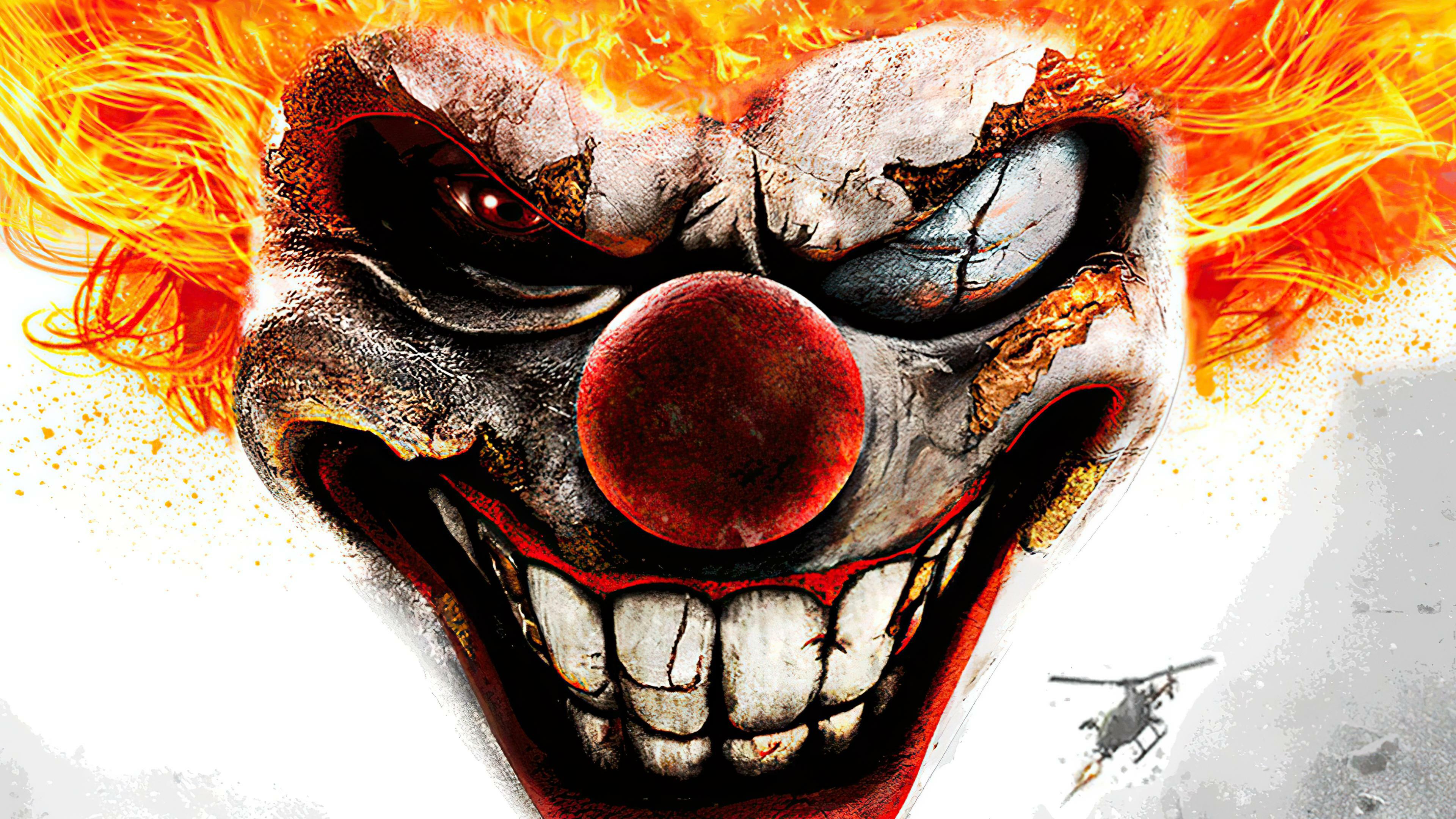Twisted Metal at 30: PlayStation Demolition Derby Redefined Gaming

Thirty years ago today, on November 5, 1995, a new kind of mayhem roared onto television screens. The original PlayStation was still finding its footing, but a game arrived that would help define its identity for a generation. That game was Twisted Metal. It wasn't just a racing game; it was a demolition derby from a fever dream, a vehicular combat masterpiece that pitted a cast of bizarre characters against each other in a battle for their ultimate wish. Three decades later, the screech of tires, the explosion of a napalm cone, and the sinister laugh of a clown in an ice cream truck still echo in the halls of gaming history.
The premise was deviously simple and endlessly compelling. A mysterious and powerful man named Calypso, a figure who seemed to straddle the line between benefactor and devil, hosted a brutal annual tournament. The winner, the last driver standing amidst the wreckage, would be granted a single wish, anything their heart desired. This narrative hook transformed the game from a simple car-battler into a collection of dark, often ironic, fairy tales. Each driver had a reason to fight, a story to tell, and a wish that Calypso would inevitably twist into a monkey's paw-style curse.
The Maniacs Behind the Wheel
A car combat game is only as good as its cars, and Twisted Metal's initial roster was a masterclass in character design. These weren't just vehicles; they were extensions of their drivers' broken personalities. The lineup became instantly iconic, a gallery of road warriors who would become legends of the PlayStation era.
- Sweet Tooth: The undeniable face of the franchise. Piloting a weaponized ice cream truck, the maniacal clown Needles Kane was the terrifying mascot whose fiery grin promised chaos.
- Roadkill: Driven by a nameless amnesiac, this beat-up muscle car was a scrappy and relatable entry point for many players.
- Warthog: A military-grade Humvee driven by the grim soldier, Commander Mason. It was slow but durable, a tank on the battlefield.
- Pit Viper: A spiky dune buggy whose driver, Angela Fortin, entered the contest to get revenge on Calypso himself.
- Thumper: A lowrider driven by the cool and vengeful Bruce Cochrane, perfect for hit-and-run attacks in the urban arenas.
- Spectre: A sleek sports car driven by a ghost seeking to reclaim his life, offering speed over armor.
This cast of characters, each with their own unique special weapon and cinematic ending, gave the game a depth that went far beyond its explosive action. Players weren't just picking a car; they were choosing a story.
From Niche Concept to Global Phenomenon
Developed by the talented team at SingleTrac and published by Sony, Twisted Metal was a gamble that paid off spectacularly. It arrived at the perfect time, capturing the edgier, more rebellious spirit of the mid-90s. The game's dark humor and chaotic multiplayer mode made it an instant hit, selling over a million copies in North America alone and earning a coveted spot in Sony's "Greatest Hits" collection.
It quickly became a cornerstone of the original PlayStation library. For many, Twisted Metal was the reason to own the console. It was the game you and your friends played for hours, huddled around a single television, the screen split into two chaotic halves of missile trails and machine-gun fire. It built a community around its competitive, yet wildly fun, gameplay, establishing a formula that the series would build upon for years.
The Ever-Evolving Legacy of Calypso's Contest
The success of the original game ignited a franchise that would span multiple console generations. The series evolved, with each entry adding new drivers, more elaborate arenas, and deeper gameplay mechanics. Twisted Metal 2 (1996) is often hailed as the pinnacle of the original series, expanding the fight to global locations like Paris and Antarctica.
The franchise continued to reinvent itself on the PlayStation 2, PlayStation Portable, and PlayStation 3, exploring darker themes and more complex character backstories. Beyond the games, the world of Twisted Metal expanded into comic books that fleshed out the lore of its most famous drivers.
More recently, the franchise found new life with a critically and commercially successful live-action television series. The show captured the game's unique blend of high-octane action and dark comedy, introducing Calypso's deadly tournament to a brand-new generation and proving the enduring appeal of this chaotic world.
Thirty years on, the influence of the original Twisted Metal is undeniable. It didn't just launch a beloved franchise; it popularized an entire genre. Its legacy lives on in every game that dares to strap a rocket launcher to a car. It remains a testament to a time when games were bold, experimental, and unafraid to be a little unhinged. It was, and still is, a beautiful symphony of destruction.
Frequently Asked Questions About Twisted Metal
When did the first Twisted Metal game come out?
The original Twisted Metal was released in North America for the Sony PlayStation on November 5, 1995.
Who is the main character in Twisted Metal?
While the game features a large ensemble cast of drivers, the franchise's most iconic character and mascot is Needles Kane, the psychotic clown who drives the "Sweet Tooth" ice cream truck.
Who is Calypso?
Calypso is the mysterious and powerful organizer of the Twisted Metal tournament. He promises to grant the winner of the contest any wish they desire, though he is famous for twisting the wording of those wishes to tragic and ironic ends.
Is the Twisted Metal franchise still active?
While a new mainline game has not been released since 2012, the universe was recently revived with a popular live-action television series, which has sparked renewed interest and conversation around the franchise's future.